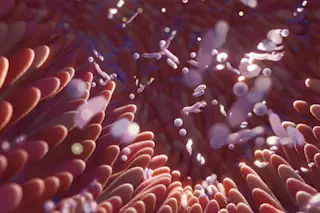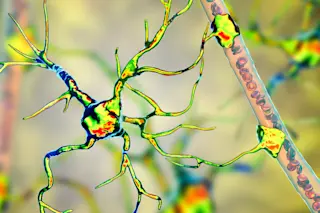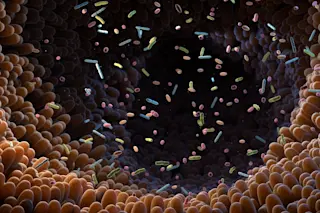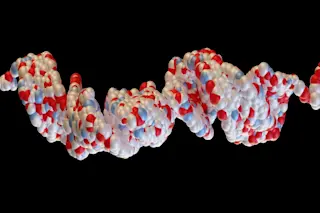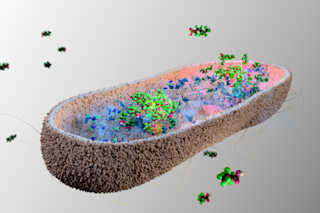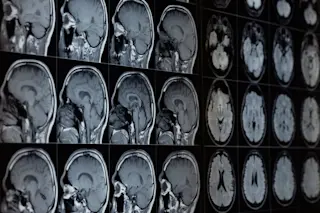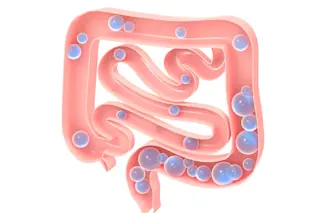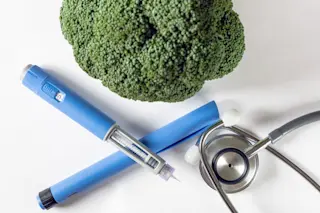Global research into the gut microbiome has exploded over the past decade, with most of the spotlight shining on the complex, health-shaping roles of bacteria in our intestines. But the gut isn’t home to bacteria alone — it also harbors a bustling community of fungi and other microorganisms that are only beginning to get the scientific attention they deserve.
The latest study from immunologists at Peking University, published in Science, reveals that a common gut fungus may do more than just coexist with us — it could help reverse the progression of a serious liver disease, offering a promising new angle for treatment in a field that sorely needs it.
Fatty liver disease has a tight grip on global health. With the steady rise in obesity, type 2 diabetes, and high blood sugar levels, it's now estimated that about a third of the world's adult population is affected.
Known formally ...



